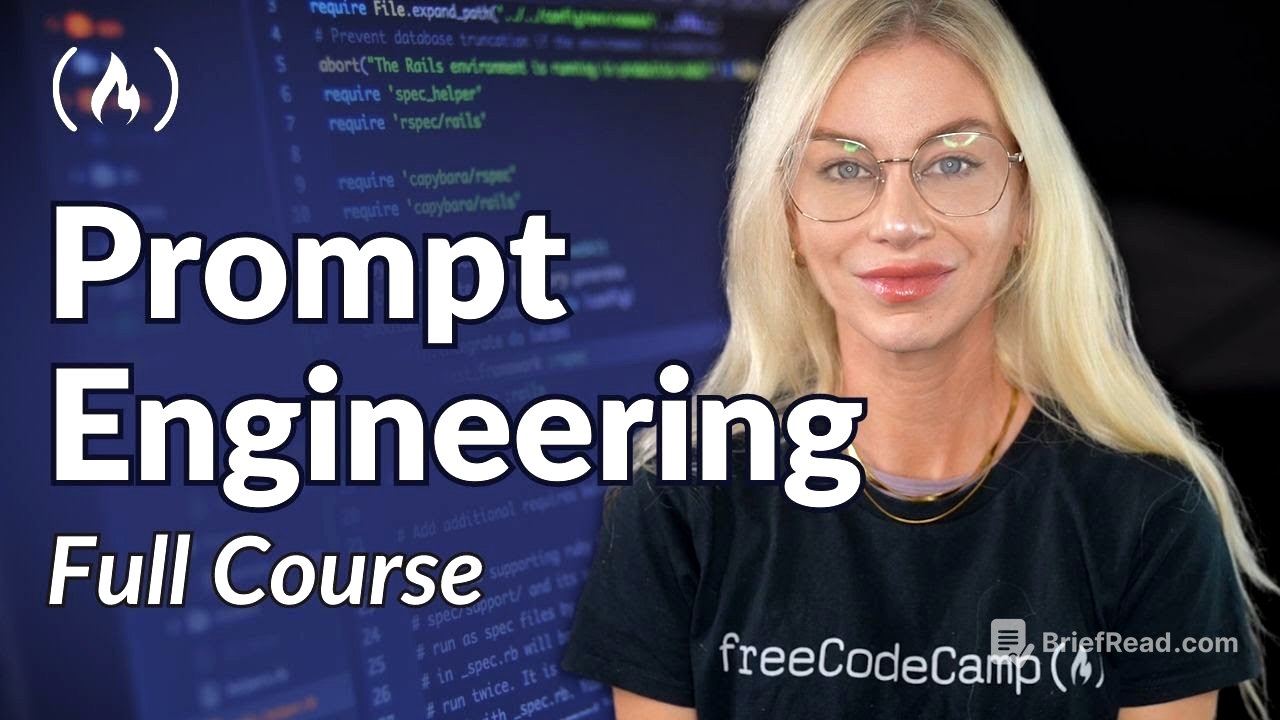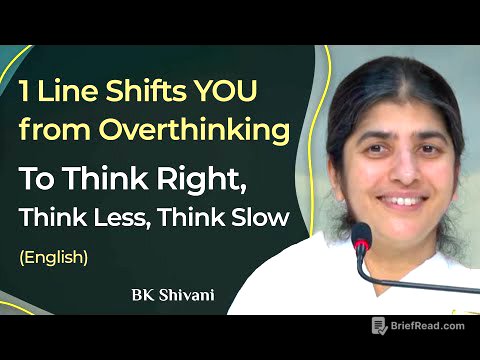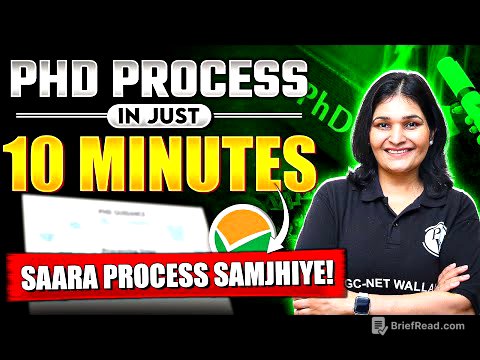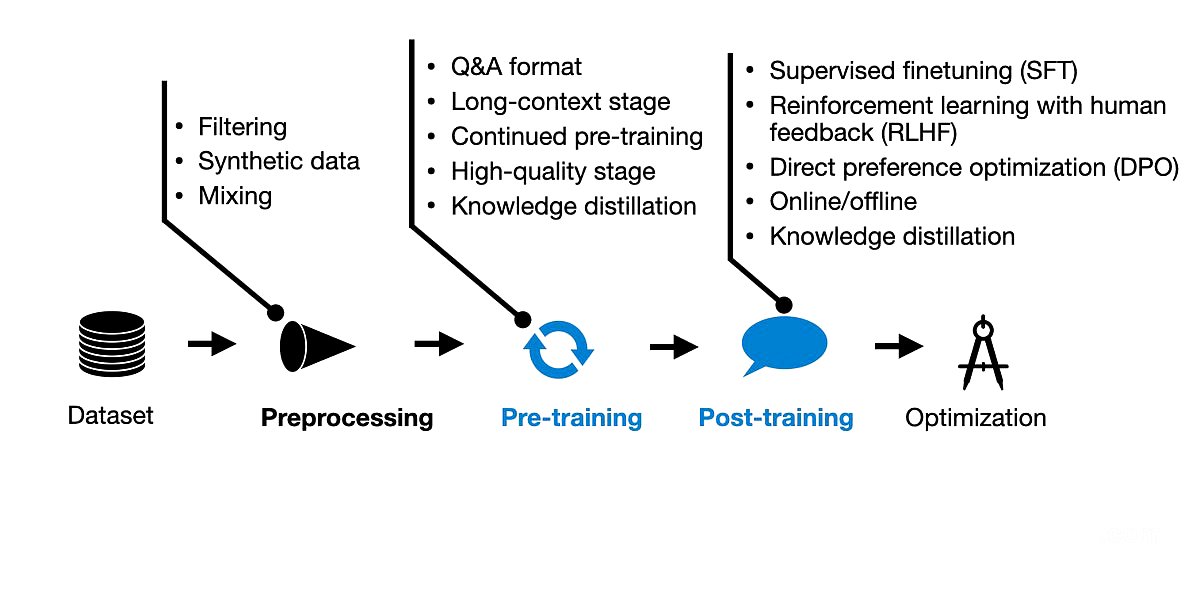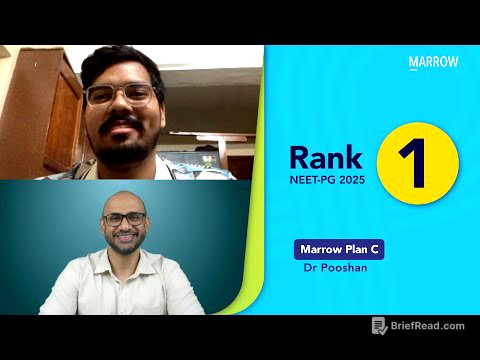TLDR;
This course on prompt engineering teaches you how to get the best responses from AI models like ChatGPT. It covers the basics of AI and language models, then dives into prompt engineering techniques, best practices, and more advanced concepts like zero-shot and few-shot prompting. You'll also learn about AI hallucinations and text embeddings.
- Prompt engineering is a career focused on writing, refining, and optimizing prompts for AI interaction.
- Understanding linguistics and using clear, specific instructions are key to effective prompting.
- Techniques like adopting a persona and specifying the desired format can improve AI responses.
Introduction to Prompt Engineering [0:17]
This course will cover prompt engineering, focusing on understanding rather than coding. Prompt engineering involves writing, refining, and optimizing prompts to improve interactions between humans and AI. A prompt engineer continuously monitors prompts, maintains a prompt library, and reports findings. The course will cover AI basics, large language models (LLMs) like ChatGPT, text-to-image models like Midjourney, and emerging models for text-to-speech and speech-to-text. It will also cover prompt engineering mindset, best practices, zero-shot prompting, few-shot prompting, chain of thought, AI hallucinations, vectors, text embeddings, and a ChatGPT intro.
What is AI? [0:51]
Artificial intelligence (AI) simulates human intelligence processes using machines. AI isn't sentient, but it uses machine learning, which analyzes large datasets to find correlations and patterns. These patterns predict outcomes based on the provided data. For example, an AI model can be trained to categorize paragraphs based on their content. Rapidly improving AI techniques can generate realistic text, images, and music due to vast training data and talented developers.
Why Prompt Engineering is Useful [3:53]
Prompt engineering is useful because even AI architects struggle to control AI and its outputs. Different prompts can lead to very different responses from AI. For example, a basic prompt to correct a paragraph might not provide the best learning experience for an English language learner. However, with a well-crafted prompt, AI can act as a spoken English teacher, correcting grammar, asking questions, and providing interactive learning. This demonstrates the power of prompt engineering to create better AI interactions.
Linguistics and Language Models [6:37]
Linguistics, the study of language, is key to prompt engineering. Understanding language nuances and how it's used in different contexts is crucial for crafting effective prompts. Using standard grammar and language structure helps AI systems return accurate results. Language models are computer programs that understand and generate human language by learning from vast text collections. They analyze sentences, predict continuations, and create human-like responses. These models are used in virtual assistants, chatbots, and creative writing.
History of Language Models [10:05]
The history of language models begins with Eliza in the 1960s, a program that simulated conversations by mimicking a Rogerian psychotherapist. Eliza used pattern matching to respond to human language, creating the illusion of understanding. In the 1970s, Shudlu could understand simple commands. True language models emerged around 2010 with deep learning and neural networks. GPT (Generative Pre-trained Transformer) models, starting with GPT-1 in 2018 and evolving to GPT-3 in 2020, demonstrated unparalleled ability to understand and generate text. Now, GPT-4 and other models are trained on vast internet data, making prompt engineering a valuable skill.
Prompt Engineering Mindset [14:36]
When creating prompts, aim to write effective prompts from the start to save time and tokens. Think of it like refining your Google search skills over time. Prompting is similar to designing effective Google searches; better queries yield better results. This is because the inner workings of AI models are often opaque.
Intro to Using Chat GPT [15:39]
This section provides a quick introduction to using ChatGPT by OpenAI. To follow along, sign up at openai.com and log in. Choose to interact with ChatGPT-4, the latest model. You can start a new chat and ask questions. ChatGPT can build on previous conversations. You can also use the OpenAI API to build your own platforms by getting an API key. Remember that ChatGPT processes text in tokens, and you are charged by token. You can check your token usage in your account settings and add billing to continue using ChatGPT.
Best Practices for Prompt Engineering [20:42]
Effective prompt engineering relies on several factors. Write clear instructions with specific details in your query. Adopt a persona and specify the format of the response. Use iterative prompting by asking follow-up questions. Avoid leading the answer by making prompts too suggestive. Limit the scope for long topics by breaking them down. For example, instead of asking "When is the election?", ask "When is the next presidential election for Poland?". Be specific about the desired output format, such as bullet points with a limited word count.
Adopting a Persona in Prompt Engineering [26:34]
Adopting a persona in prompt engineering can help ensure that the language model's output is relevant and consistent. For example, instead of asking "Write a poem for a sister's high school graduation," specify "Write a poem as Helena, a 25-year-old writer with a style similar to Rupi Kaur, for her 18-year-old sister's graduation." This helps the AI generate a more personalized and high-quality poem. Specifying the format, such as a summary, list, or checklist, also improves the output.
Zero-Shot and Few-Shot Prompting [31:19]
Zero-shot prompting uses a pre-trained model's understanding without further training. For example, asking "When is Christmas in America?" requires no additional training. Few-shot prompting enhances the model with training examples via the prompt. For example, to teach the model your favorite foods, you can provide examples like "Ania's favorite type of food includes burgers, fries, pizza." Then, asking "What restaurant should I take Ania to in Dubai this weekend?" will yield more relevant results.
AI Hallucinations [35:05]
AI hallucinations refer to unusual outputs that AI models produce when they misinterpret data. Google's Deep Dream, which over-interprets images, is an example. Hallucinations occur because AI models make connections based on their training data, sometimes leading to creative but incorrect results. AI hallucinations can also happen with text models, such as providing inaccurate responses about historical figures.
Vectors and Text Embeddings [37:04]
Text embedding represents textual information in a format that algorithms can easily process. It converts text into a high-dimensional vector that captures its semantic information. For example, the word "food" can be represented by an array of numbers. This allows computers to find similar words based on meaning rather than lexicographically. You can create text embeddings using the OpenAI API by sending a post request with your API key and the text you want to embed.
